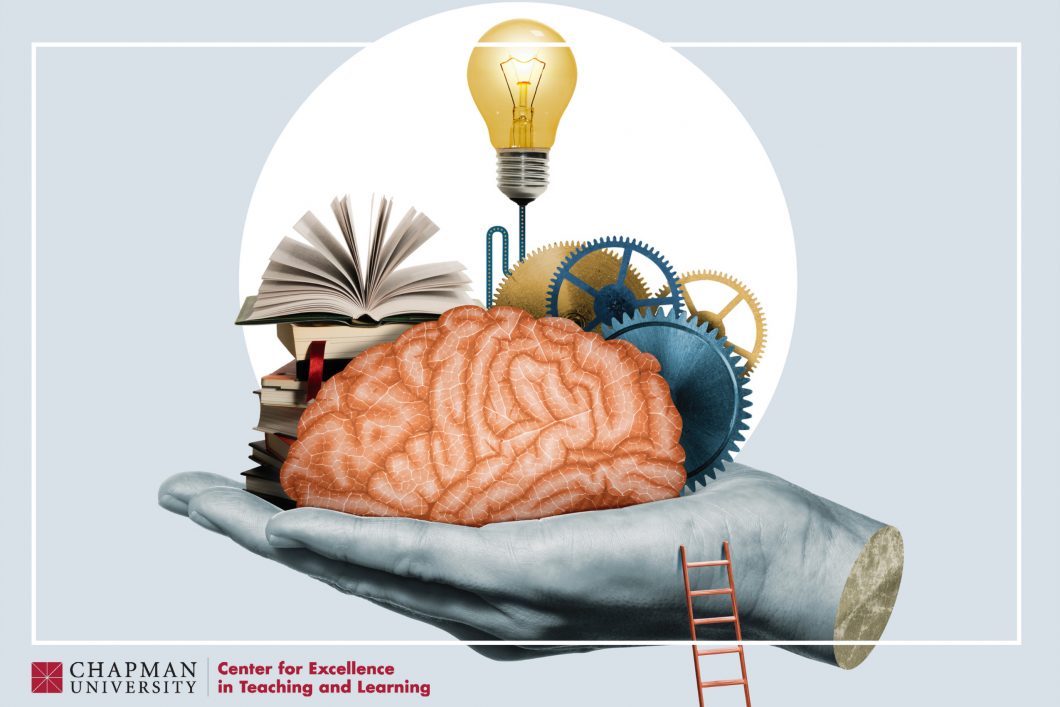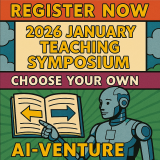
ChatGPT in the Classroom: An Ongoing Conversation
April 3, 2023
The CETL would like to thank everyone who joined our open faculty discussions about AI and ChatGPT in the classroom this past week. We are especially grateful to Dr. Erik Linstead, an expert in Machine Learning from Chapman’s Fowler School of Engineering, for providing some crucial background knowledge about AI and helping to facilitate these engaging conversations. The interdisciplinary nature of these discussions was especially powerful, as many faculty shared similar concerns but also inspired innovation and creativity in thinking about how to re-imagine assessment in the classroom to nurture critical thinking and digital literacy.
Some of the key takeaways from these conversations are shared below:
- We need to be transparent with our students; we know they’re going to use tools like ChatGPT, so why not help students understand the strengths and weaknesses of AI? Consider introducing the tool in class – What is ChatGPT? How can it be used as a research tool? What are our ethical obligations given academic integrity policies?
- ChatGPT is often wrong; it may show a list of false or inaccurate citations or even solve problems incorrectly. How can we capitalize on these weaknesses to teach students to be critical consumers of the information on the internet, social media, news, textbooks, and even research journals, etc.?
- Human interaction becomes more important with AI; human intelligence is being able to reason, analyze, and understand what is right from what is wrong. Consider using more presentations (e.g., create a 1 to 3-minute videotape of yourself explaining X to your patient) rather than just written assessments.
- We need to consider our very basic assignments in lower-level courses that could easily be done using tools like ChatGPT.
- Focus on the process rather than just the answer: How did the student get to the final product? How did the students interact with the process throughout the course?
- There needs to be less emphasis on just a few high-stakes, summative exams to determine a course grade. We need more frequent, lower-stakes formative assessments.
- Have students use ChatGPT to answer problem-based questions; then, have them explain why the response is correct or incorrect (with relevant and substantial support).
- Using ChatGPT requires a higher level of information literacy than what the average layperson has used doing Google searches. Students need to understand how to use it in a productive way, how to understand its flaws and recognize problems in its responses.
Strategies & Resources Related to AI in the Classroom
Considering new AI technologies such as ChatGPT, we hope the following resources will help you re-imagine assessment in your courses.
- Strategies for designing writing assignments that circumvent or embrace AI tools.
- Using AI tools to develop higher-level thinking and encourage academic integrity – see some strategies here.
- Consider some ideas for class activities using ChatGPT.
- Suggestions for alternative ways to assess student learning beyond writing.
- Some information for educators from OpenAI, the creators of ChatGPT.
We hope these conversations will continue within your schools, colleges, and/or departments. If you would like a pedagogical coach from CETL to help facilitate further discussions and/or provide additional resources, please don’t hesitate to reach out to us. Our colleagues in ETS are also a great resource for what is happening with AI detection software and would be happy to help us support your work.


